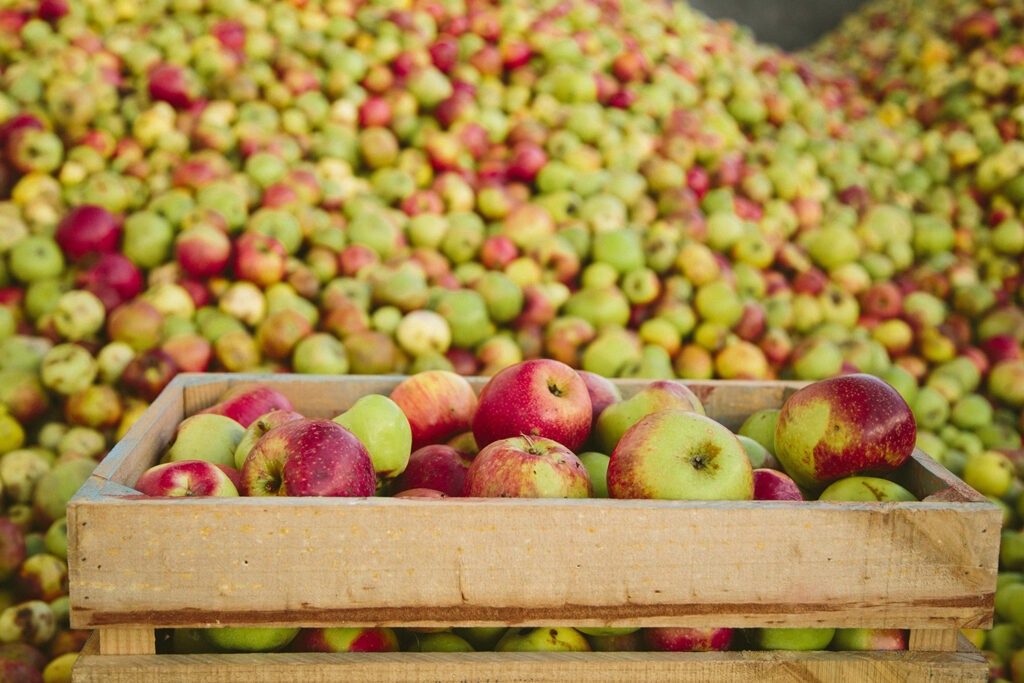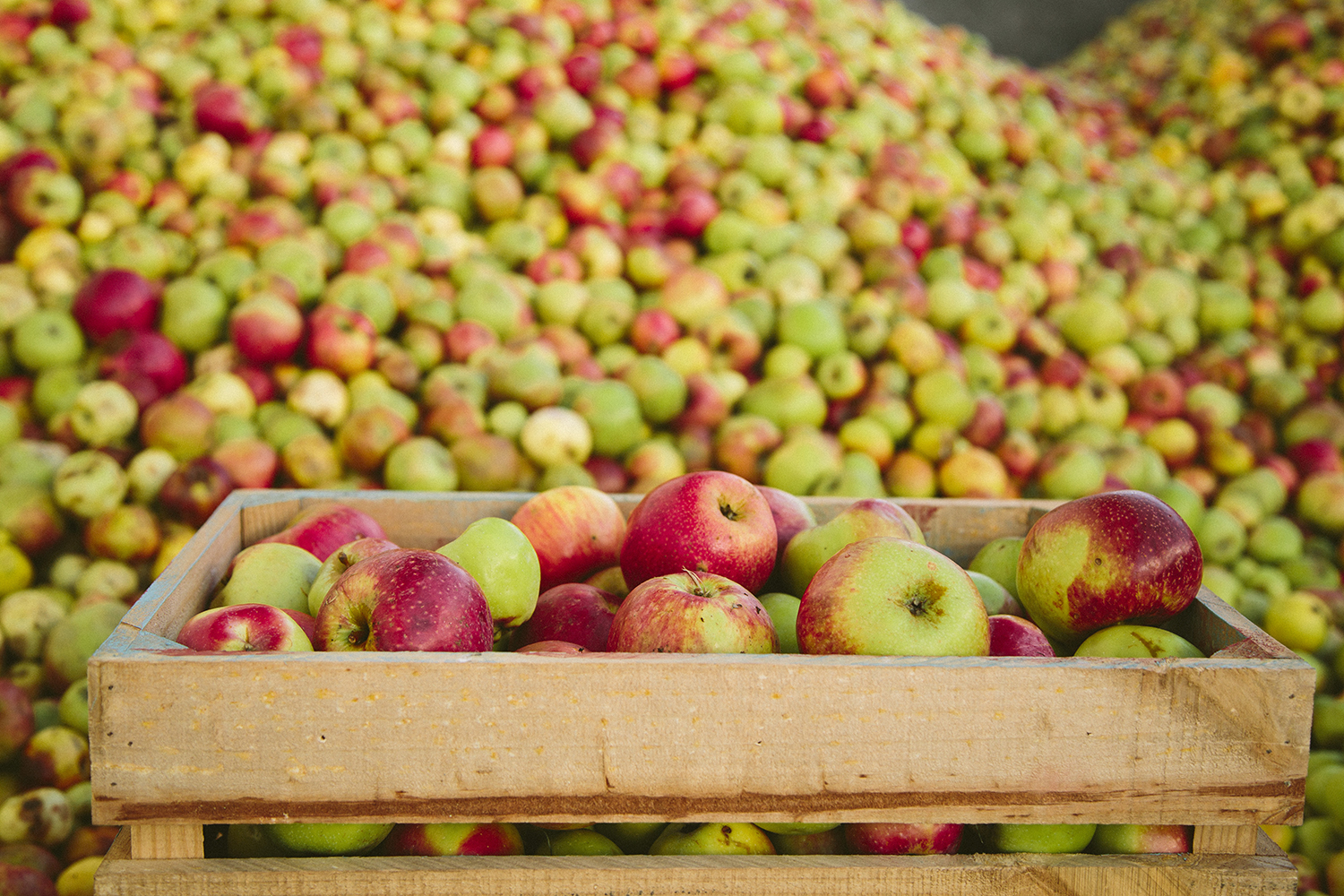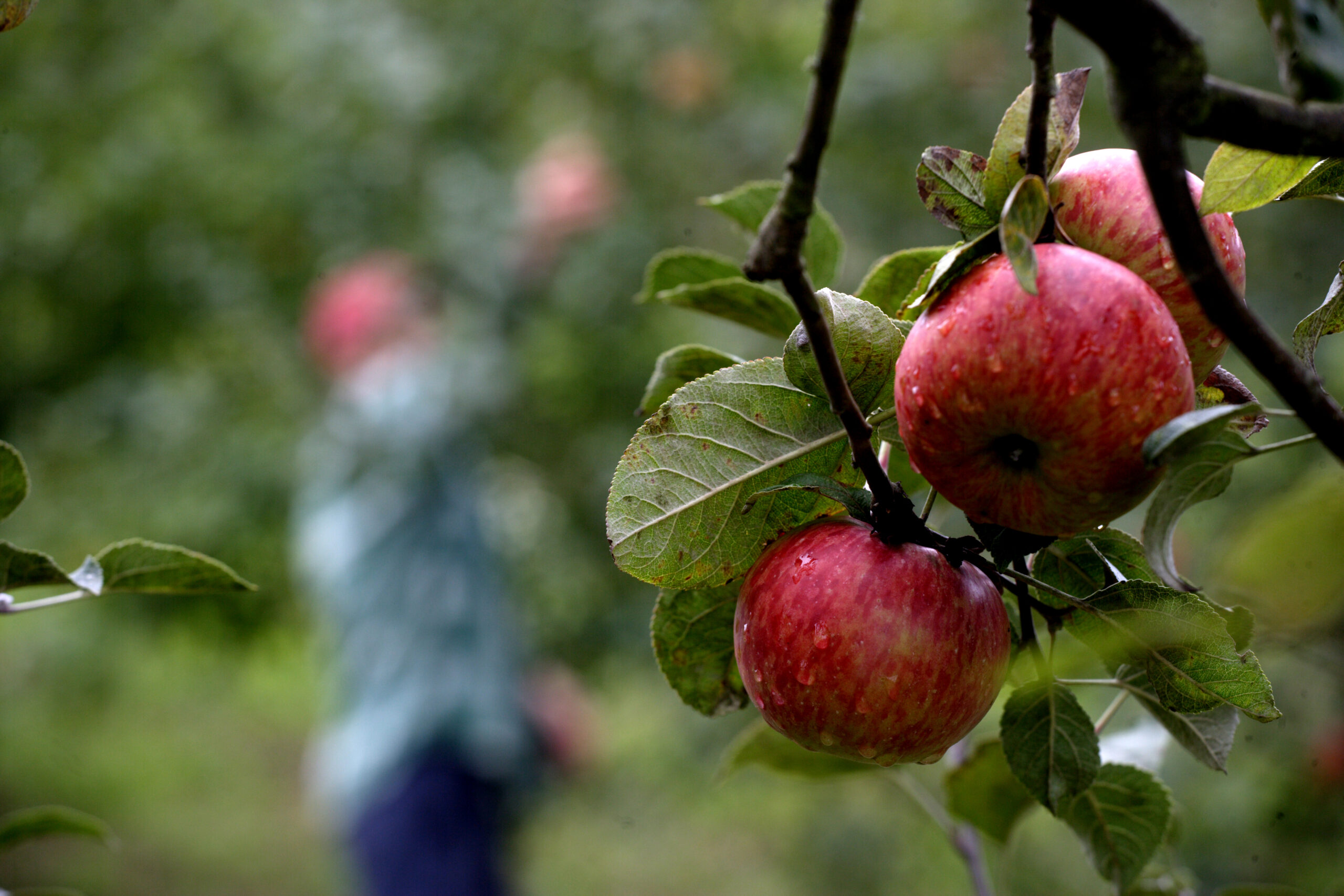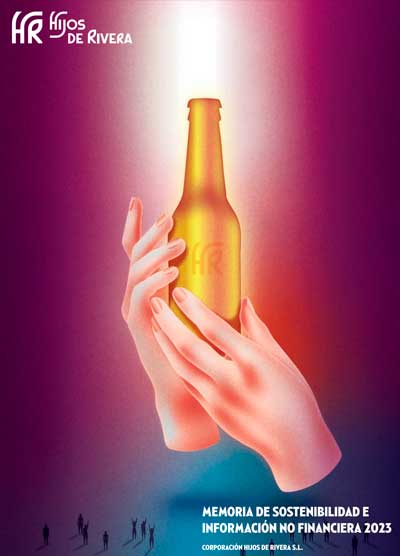José Luis Olmedo, R&D Project Manager at Hijos de Rivera Inversiones Corporativas, tells us about the concept of circular economy in the latest issue of our corporate magazine: Before, there was the concept of the 3 Rs: Reduce, Reuse and Recycle. Well, now there are 9. In addition to the previous ones, we have: Rethink, Redesign, Rebuild, Repair, Redistribute and Recover.”
“Companies realize that reusing and sharing resources also makes sense from an economic perspective.”
Circular economy is committed to changing the mode of production, for each product to have multiple cycles of use and manufacturing, i.e., that resources become products, products waste, and waste, resources.
At the other extreme is the linear economy, based on “produce, use, discard”, and consuming lots of raw materials, water and energy. It also generates a large amount of waste, both in the production phase of goods and services as well as after their use.
The change to a circular economy.
Raw Materials > Production > Distribution > Consumption > Waste
The change from a linear to a circular economy means that resources maintain their usefulness at all times, extending their life cycle, and waste is minimized. In other words, it is about abandoning the“throwaway” model, exchanging it for the recycling model, which requires a change of mentality based on the idea that ”waste is a resource”.
The first design stage is the beginning of the circular economy process, since a better design can make the products more durable or easier to repair, update or rework. It can help recyclers to dismantle the products in order to recover valuable components and materials. In general, it can help save precious resources. However, the current market signals seem insufficient for this to be possible due, in particular, to the fact that the interests of producers, users and recyclers do not coincide.
Before, there was the “concept of the 3 Rs”: Reduce, Reuse, and Recycle”. Well, now there are 9. In addition to the previous ones, we have: rethink, redesign, rebuild, repair, redistribute and recover.
The way to collect and manage waste can lead to high rates of recycling and valuable materials returning to the economy. The alternative is an inefficient system where most of the recyclable waste ends up in landfills or incinerated, bringing with it potentially harmful effects for the environment and significant economic losses
At present, only around 40% of the waste produced by EU households is recycled. This average conceals great differences between Member States and regions, with rates of 80% in some areas, and less than 5% in others. The Spanish beer sector is a good example to follow, because in 2016 the percentage of recovery of packaging was 82%. Glass containers are those most used by the beer sector, which shows the commitment of the sector to the environment. They also have the highest rate of return for recycling or reuse. In Spain, in 2016, 47% of the containers were reusable.
When waste cannot be avoided or recycled, in most cases – both from an environmental and economic point of view – it is preferable to recover its energy content instead of depositing it in landfills. Therefore, “the transformation of waste into energy” can play a useful role and create synergies with climate and energy policy. As with the wastewater treatment process of our Company’s beers factory, the biogas that is generated is cleaned and mixed with natural gas for steam generation, considerably reducing the consumption of natural gas.
Certain innovative forms of consumption can also support the development of the circular economy. For example: sharing products or infrastructures (collaborative economy), consuming services instead of products or using computer platforms. Often these new forms of consumption are practised by companies or citizens, and are promoted on national, regional and local levels.
The circular economy is profitable. Companies are realizing that reusing and sharing resources also makes sense from the economic point of view According to data from the Ellen MacArthur Foundation and the European Commission, EU companies could save up to 600,000 million euros annually if they make the transition to a circular economy model. In addition, it is estimated that the additional measures that will be adopted to increase the productivity of resources by 30% by the 2030 will allow an increase in GDP of almost 1% and the creation of 2 million additional jobs.
Within this circular economy dynamic, would be some of our Mercado de la Cosechaprojects, where for example we are using beer bagasse to feed the Celtic pigs at A Horta de Teodoro. The components of cider manufacturing waste are also being studied to see if it has usable components for other productive processes.
And at Ponte da Boga, our winery in the Ribeira Sacra, the grape marc from the press is distilled to make marc and the Quenza and Hijos de Riveraliqueurs that are made at our Custom Drinksfacilities in Chantada.





